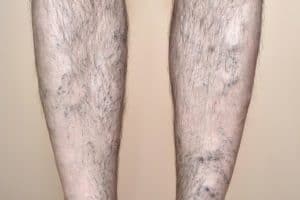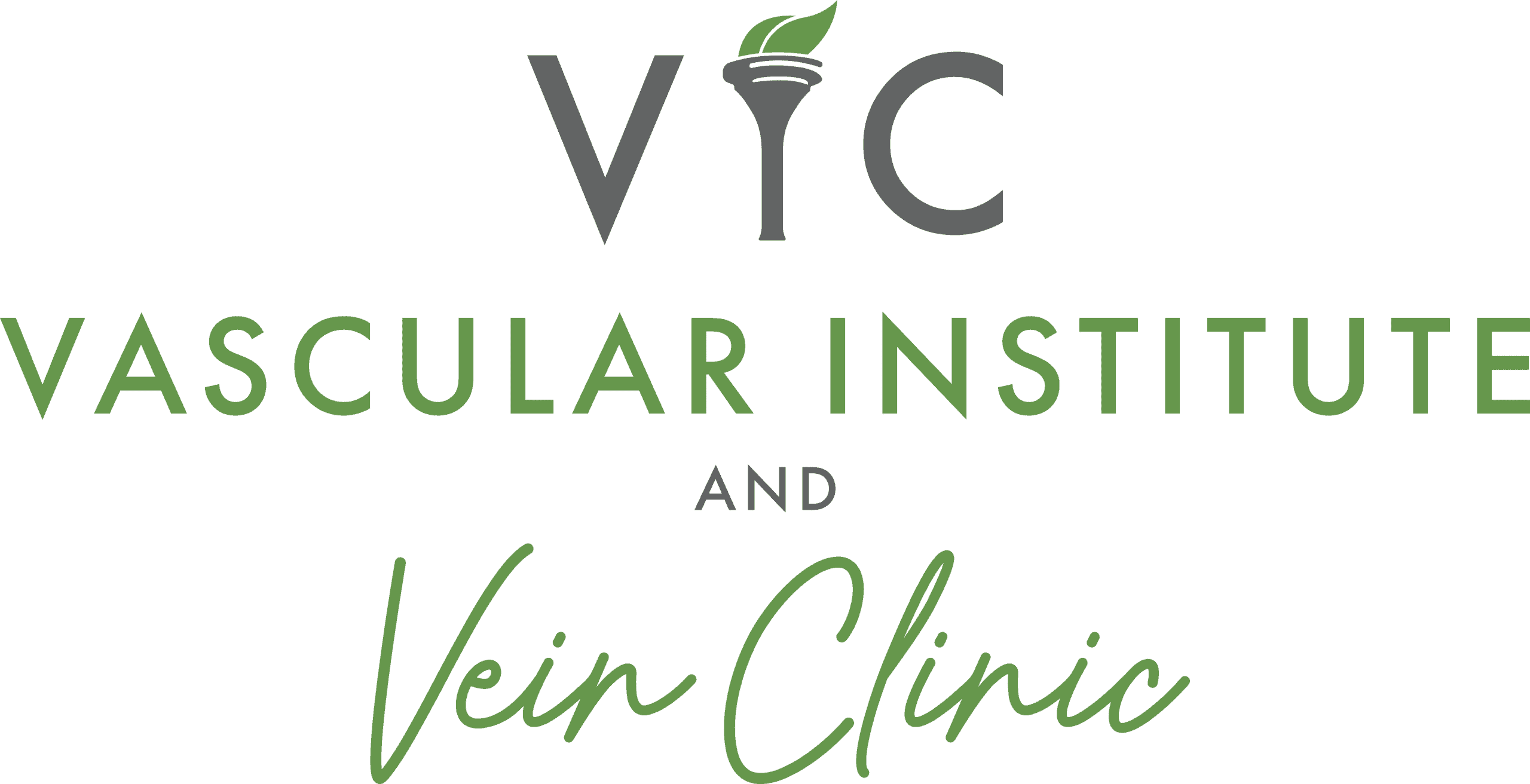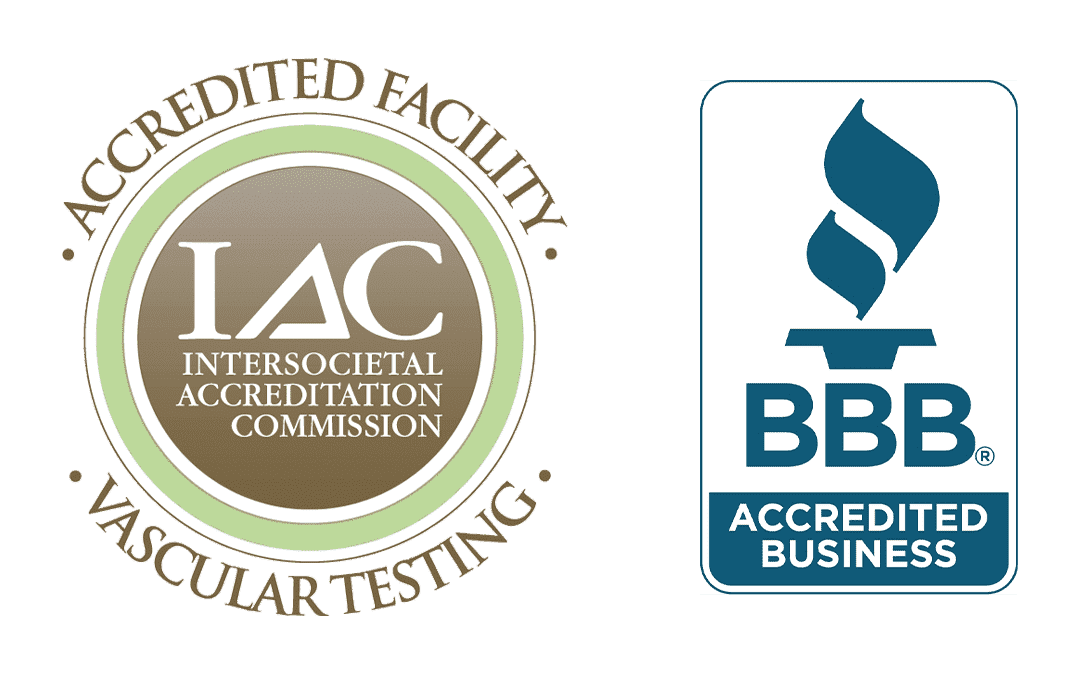|
|
Varicose veins are a condition that affects millions of people around the world. They can be unsightly, uncomfortable, and in some cases even painful. In this blog post, we will discuss the causes, symptoms, diagnosis and treatment options for varicose veins. We’ll also take a look at how you can prevent them from occurring in the first place.
What Causes Varicose Veins
Varicose veins occur when the valves inside your veins become damaged or weakened due to age or other factors. When this happens, your blood is unable to flow properly and pools up in your veins instead of being pumped back to your heart. This causes the veins to become swollen and twisted, which gives varicose veins their characteristic appearance. Other potential causes include pregnancy, obesity, prolonged standing or sitting, genetics and hormonal imbalances.
Symptoms + Diagnosis
The most obvious symptom of varicose veins is their visible appearance on the skin’s surface. Other symptoms can include swelling in the legs or feet; aching, and throbbing in the legs; itching around the affected area; and discoloration of the skin surrounding the vein. To diagnose varicose veins, your doctor will typically perform a physical examination and an ultrasound to get an accurate picture of what’s happening inside your body.
Treatments for Varicose Veins
Fortunately there are several treatment options available for those suffering from varicose veins. These include lifestyle changes such as exercising regularly and wearing compression stockings to improve circulation; sclerotherapy (injecting a solution into the vein); endovenous laser therapy (using laser energy to close off damaged veins); ambulatory phlebectomy (surgically removing large sections of the affected vein). There are also minimally-invasive treatments such as radiofrequency ablation which can help eliminate the offending vein and reduce symptoms.
Varicose veins can be uncomfortable and unsightly but with proper knowledge about their causes and treatments you can make an effective care plan with your physician, tailored specifically for your needs. Taking preventive measures such as maintaining healthy lifestyles with regular exercise and a proper diet along with wearing compression stockings when necessary can help reduce your chances of developing this condition significantly. All in all, understanding more about varicose veins will empower patients to prevent unnecessary suffering. Be evaluated.







